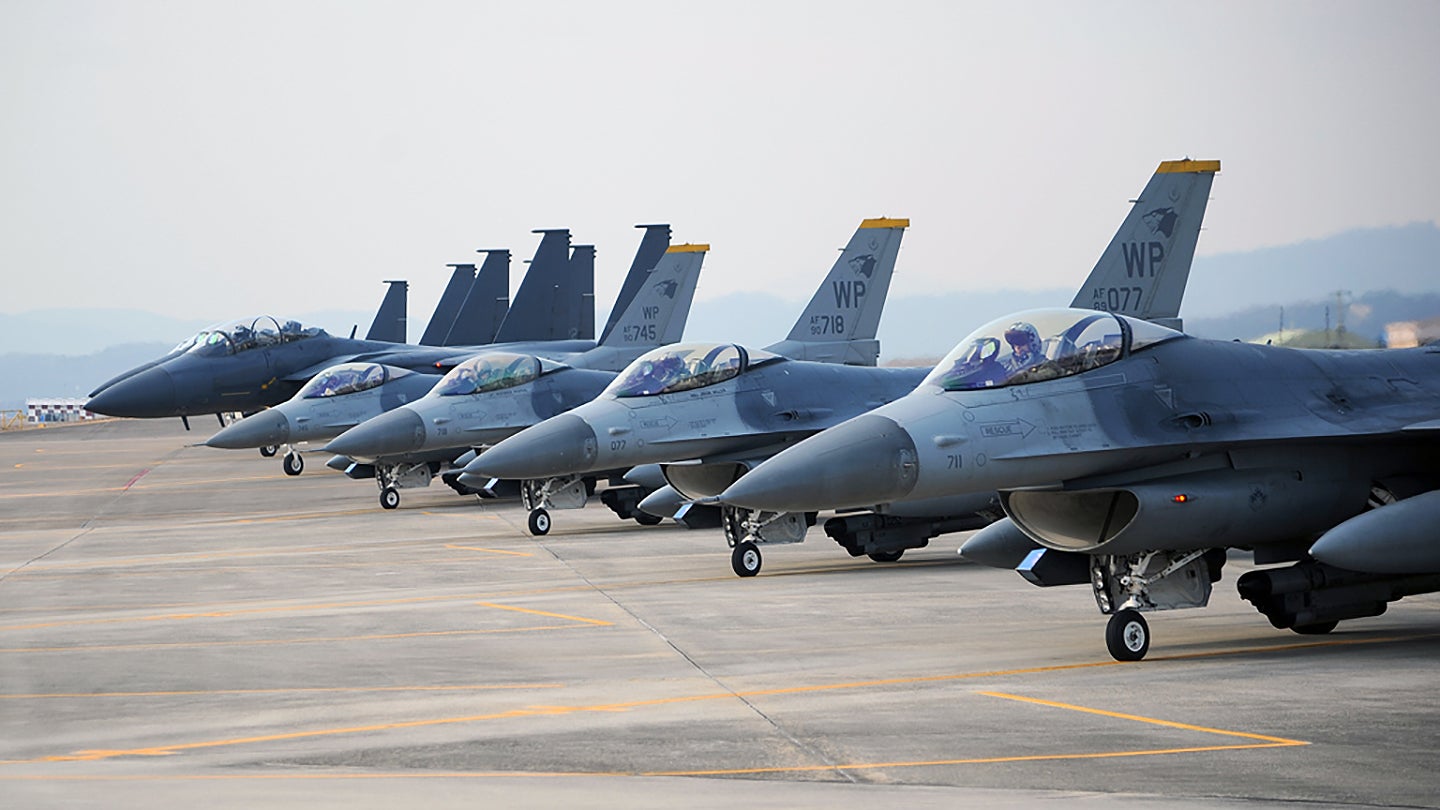Amid a simmering ‘missile race’ on the Korean peninsula, South Korea and the United States are running a large-scale air exercise in the region, with around 200 aircraft reportedly involved. The maneuvers represent a return to the large-scale collaboration of this kind between the two nations that was scaled back dramatically as Washington attempted to negotiate with North Korea about its nuclear weapons program. However, with more recent hopes that Pyongyang might resume talks, the current exercise is being run without any media fanfare. North Korea, for its part, has traditionally complained about these kinds of exercises, whatever the scale.
The drills, the name of which is unknown, began yesterday, according to a South Korea official, talking anonymously to the Yonhap news agency. In a statement to the agency, the Republic of Korea Air Force (ROKAF) said: “We cannot comment on the exercise as it is one that is not disclosed to the media.” The U.S. military has so far not released any information either.

Reports suggest the maneuvers will last for five days and involve ROKAF F-15Ks and F-16s alongside U.S. Air Force F-16s, among a total of around 200 aircraft involved, but that no equipment or troops have been deployed from the U.S. mainland to take part. The permanent U.S. Air Force combat aircraft presence in South Korea is based around two fighter wings, the 8th Fighter Wing at Kunsan Air Base, with two squadrons of Block 40 F-16C/Ds, and the 51st Fighter Wing at Osan Air Base, with one squadron each of F-16C/Ds and A-10Cs. Other assets include a squadron that operates U-2S spy planes and a detachment of HH-60G combat rescue helicopters.
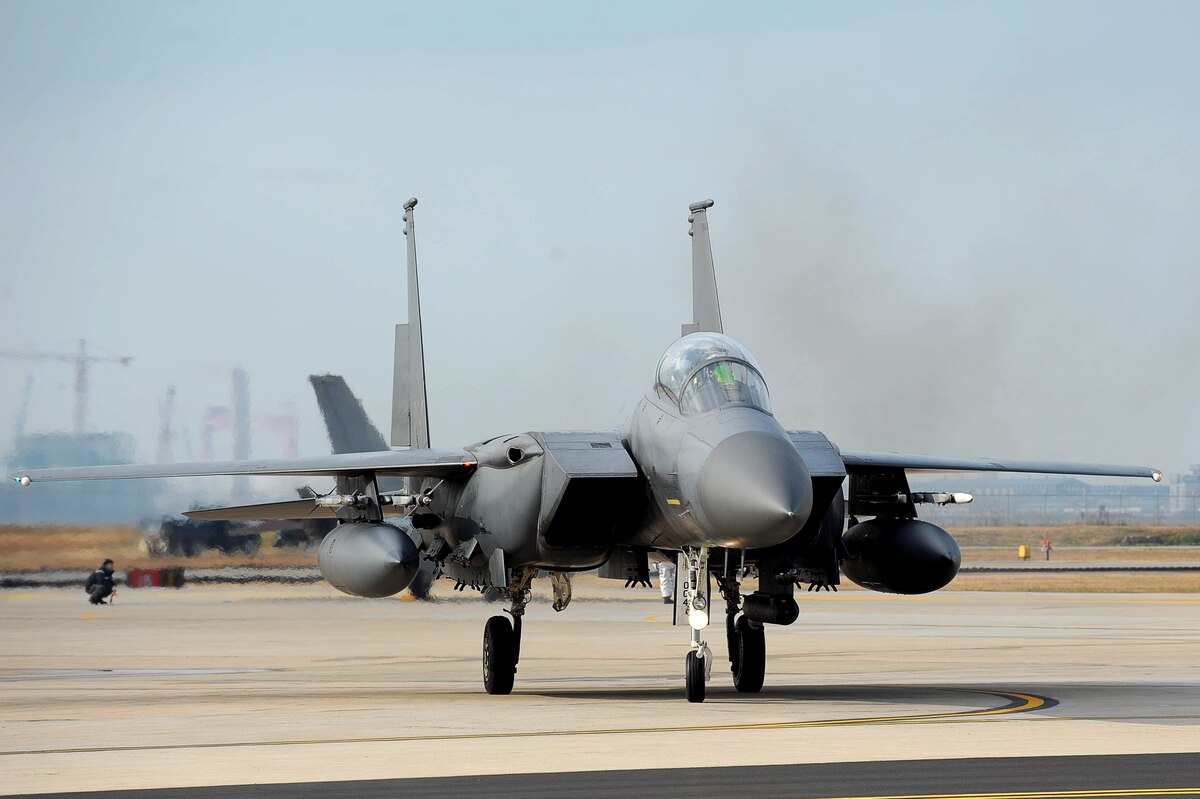
In the past, these regular exercises were run under the nickname Vigilant Ace and were the largest joint air training maneuvers between South Korea and the United States; they also had a notably high profile in the media. Typical missions practiced include air defense, long-range strike, air infiltration, and close air support of ground forces.
In Dec. 2017, for example, more than 230 military aircraft and 12,000 personnel were involved. U.S. Air Force F-22 and F-35A stealth fighters deployed to Gwangju Air Base in South Korea from Elmendorf Air Force Base in Alaska and Kadena Air Base in Japan, respectively, drawing protests from Pyongyang. A USAF B-1B bomber out of Andersen Air Force Base, Guam, also flew over the peninsula during the same maneuvers, in what was seen as a show of force to the regime in Pyongyang.
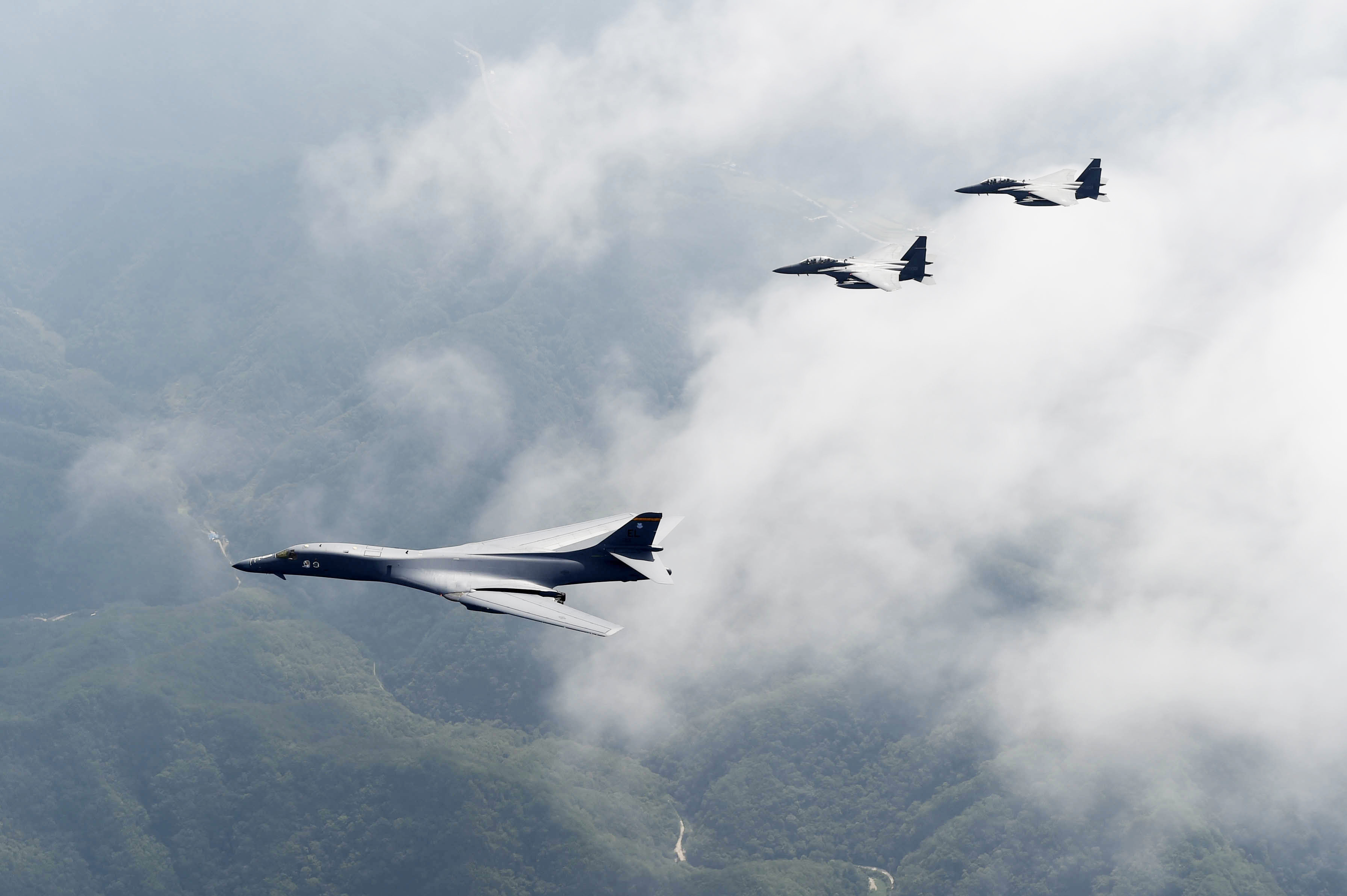
The following year, the scheduled Vigilant Ace in late 2018 was suspended, in a move approved by then-U.S. Defense Secretary Jim Mattis and his opposite number Jeong Kyeong-doo of South Korea. This was the sixth allied exercise to be canned since the June summit meeting in Singapore between U.S. President Donald Trump and North Korean leader Kim Jong Un, in which Washington had aimed to put a stop to Pyongyang’s nuclear and missile programs in return for the U.S. easing sanctions.
North Korea has long seen these kinds of joint military maneuvers as provocative and has described them as pretexts for attacks to be launched against it, even calling for their cancellation as a condition to continued negotiations. The Pentagon hoped that the cancellation of Vigilant Ace in 2018 would “give the diplomatic process every opportunity to continue,” according to a statement ahead of a second meeting between Trump and Kim Jong Un. That summit was eventually held in Hanoi in February 2019, but collapsed acrimoniously.
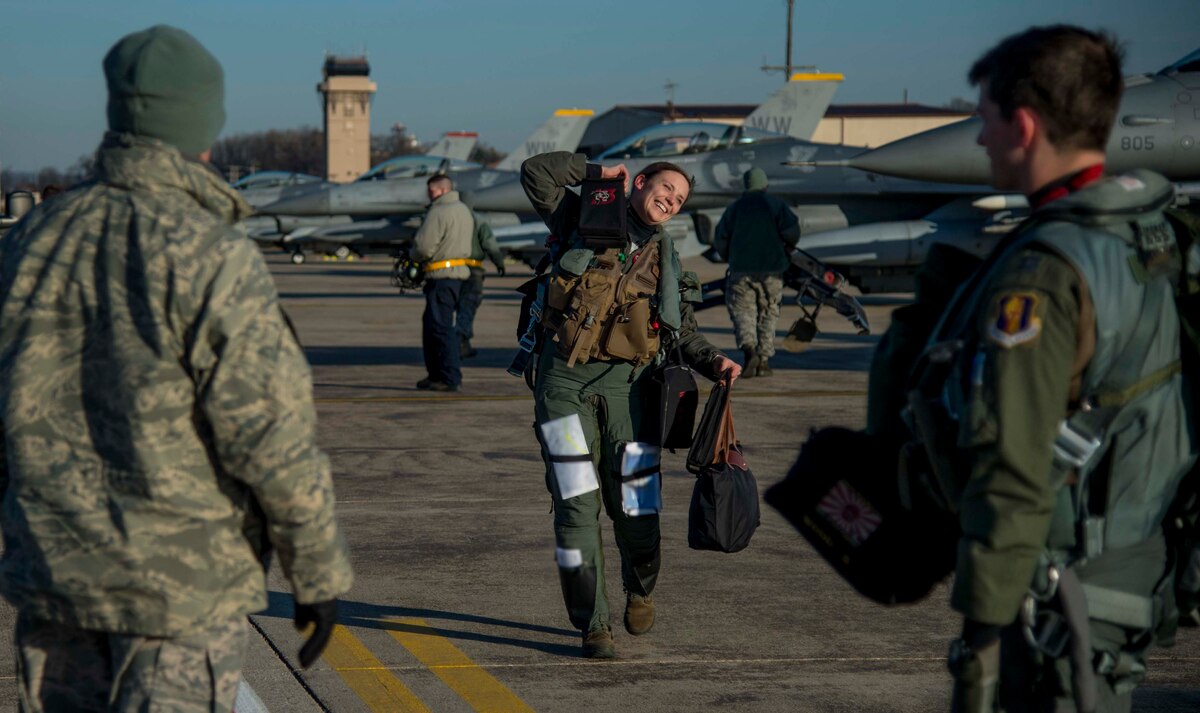
Since then, relations between North and South Korea have worsened, with both engaged in the rapid development of new missile technologies focused on adding to their strategic capabilities.
Although Vigilant Ace seems to have been officially omitted from the exercise calendar since 2018, these kinds of collaborations between the two air arms have continued, on a smaller scale and with different labels.
In April 2019, the large-scale Max Thunder exercise involving South Korea, the United States, and Australia was replaced with a scaled-down exercise, described as a Combined Flying Training Event and the same nomenclature was used later the same year for another training event that replaced Vigilant Ace.
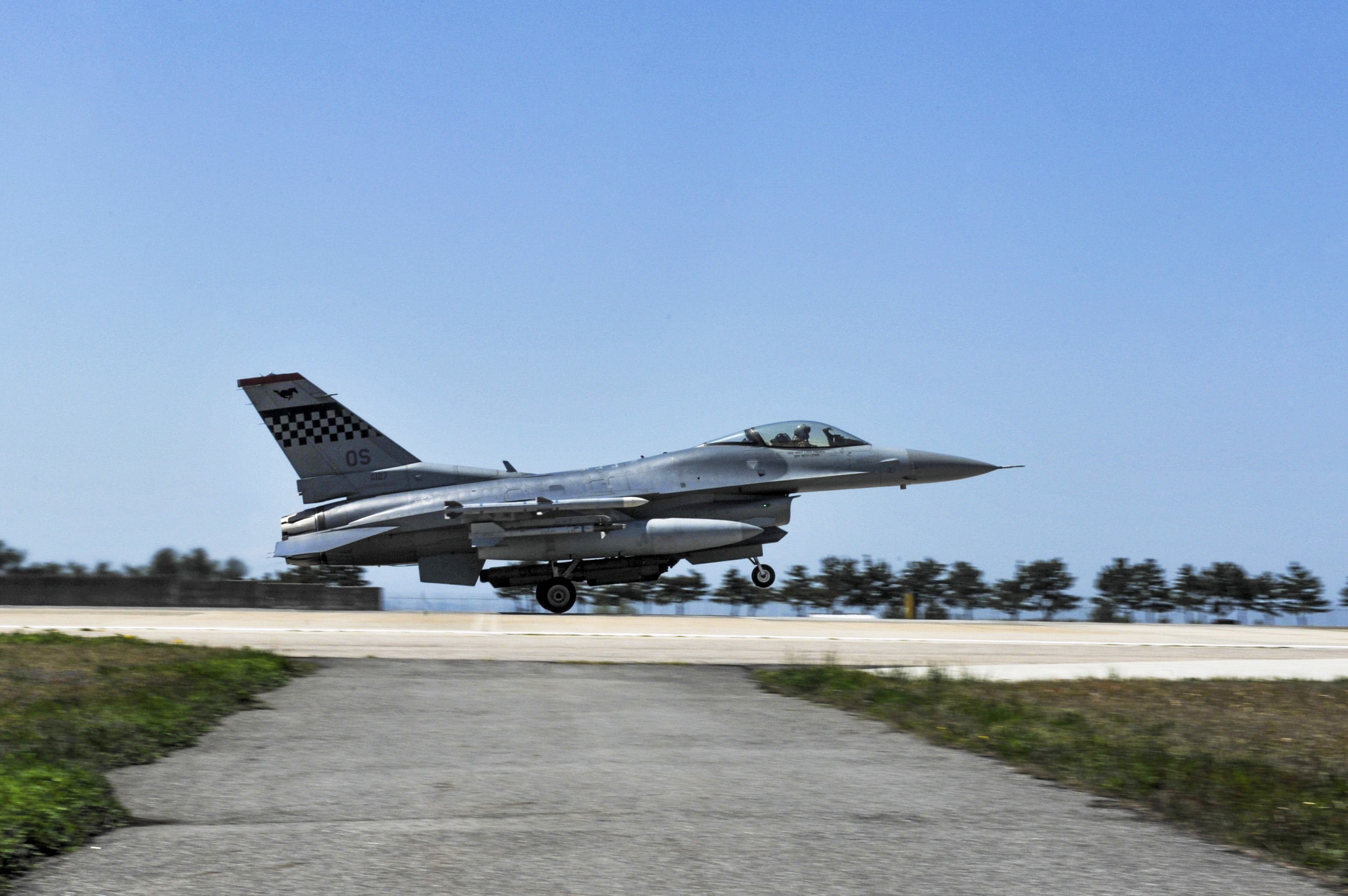
In December 2020 there was another Vigilant Ace-style exercise, but involving a somewhat reduced participation list, with around 150 aircraft, of which some 90 were provided by the ROKAF. Again, the maneuvers were not disclosed to the public and the smaller size was attributed to the effects of the COVID-19 pandemic.
In August this year, another round of exercises between South Korea and the United States saw Pyongyang refusing to answer routine calls on its hotline with Seoul, and Kim Jong Un’s sister Kim Yo Jong accused the South of “perfidious behavior.” For its part, the U.S. State Department said that the exercise was “purely defensive in nature” and Washington “harbors no hostile intent towards” North Korea.
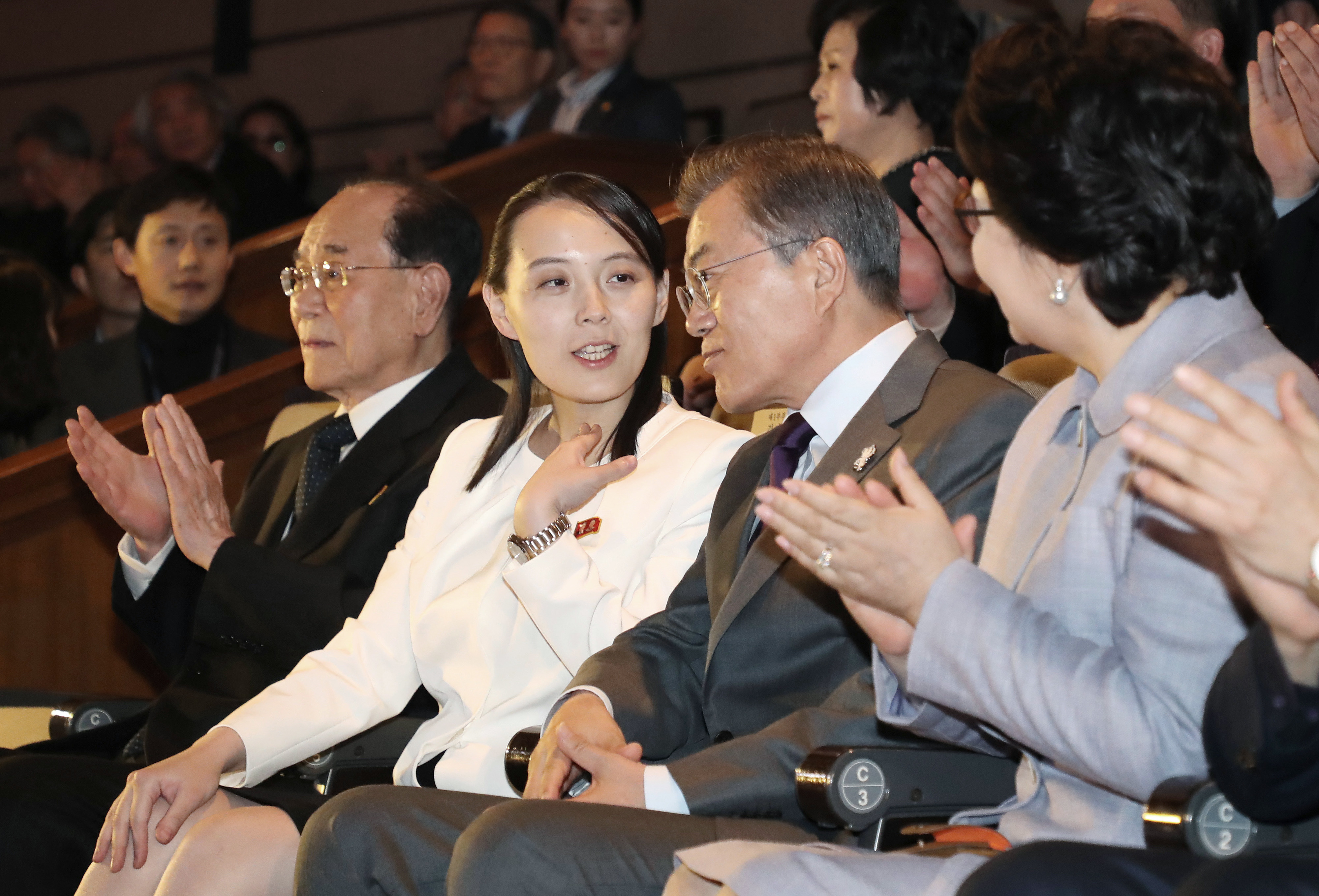
Clearly, while the United States is continuing to conduct military drills with South Korea, these are being run in a much more low-key manner, presumably amid hopes in the Biden administration that talks with the North can be restarted. In October, the U.S. envoy for North Korea condemned recent ballistic missile tests but said the United States was committed to exploring “sustained and substantive diplomacy” with North Korea.
So far, however, Pyongyang has not been receptive and has continued to complain vociferously about military exercises in the South, no matter what size they are and their public profile.
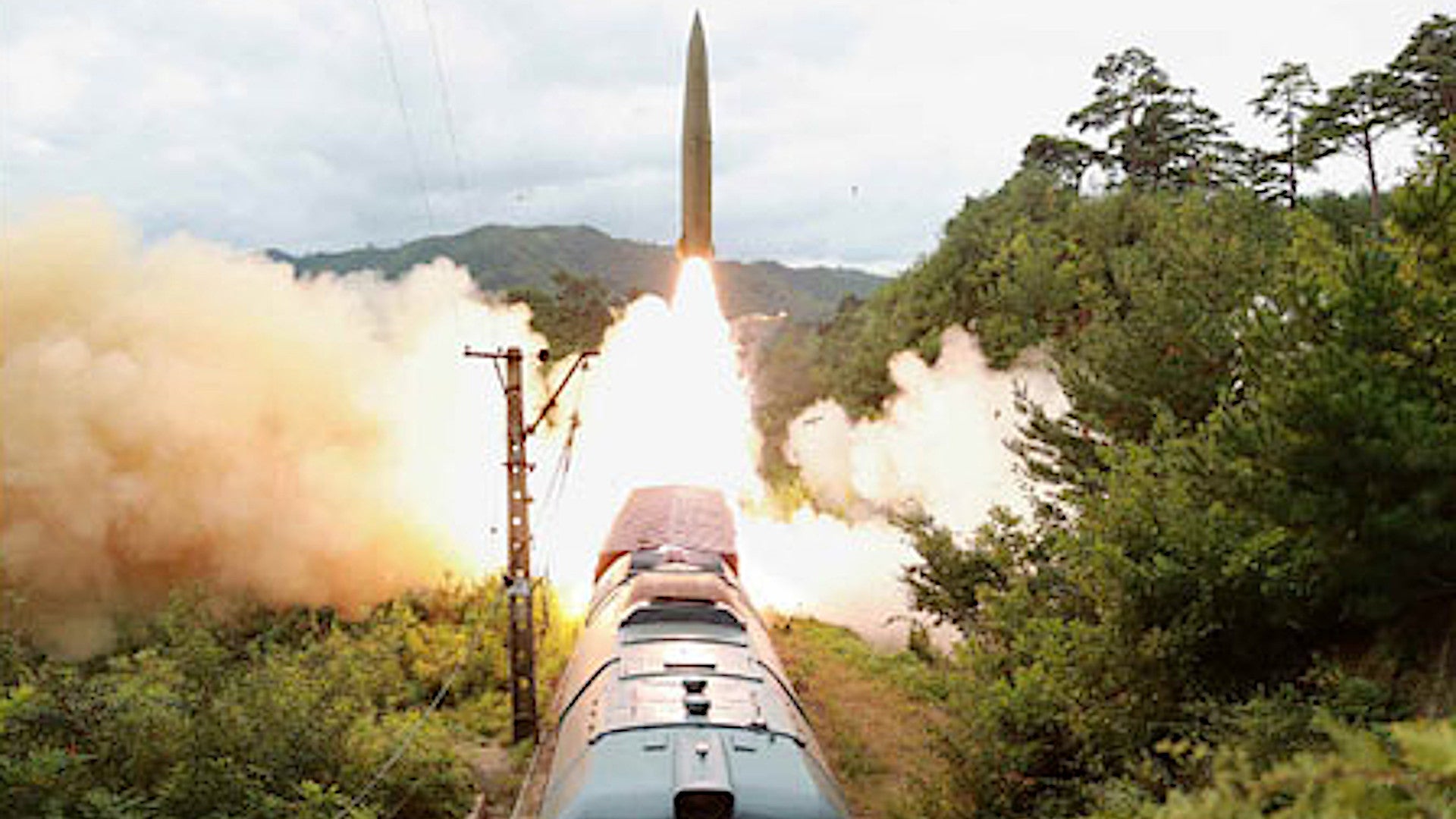
Currently, it seems that Pyongyang is unwilling to engage with the United States and drop its ongoing missile development programs, which have only accelerated in recent months, setting a potentially dangerous precedent and bringing new variables to the standoff on the peninsula. These have included, at last count, a new submarine-launched ballistic missile, a hypersonic boost-glide vehicle missile system, a railcar-based missile launcher, and a ground-launched cruise missile.
At the same time, as long as South Korea continues its own missile efforts, then the North will likely still point to what it sees as “double standards.” For South Korea, moreover, there has also been an increasing focus on military independence and self-sufficiency, including a renewed push to break South Korea fully away from the United States in terms of control of the military during the tenure of President Moon Jae In, which will end next year. Traditionally, an agreement with the United States means that the South Korean military would operate entirely under U.S. military control during an actual conflict on the peninsula.
It is questionable whether running exercises under what’s essentially a media blackout will be an effective way of allaying the North’s skepticism over its adversaries’ intentions. On the other hand, it’s clear that, after several years of toned-down drills, the U.S. and Republic of Korea Air Forces are once again staging drills involving hundreds of planes.
Contact the author: thomas@thedrive.com
